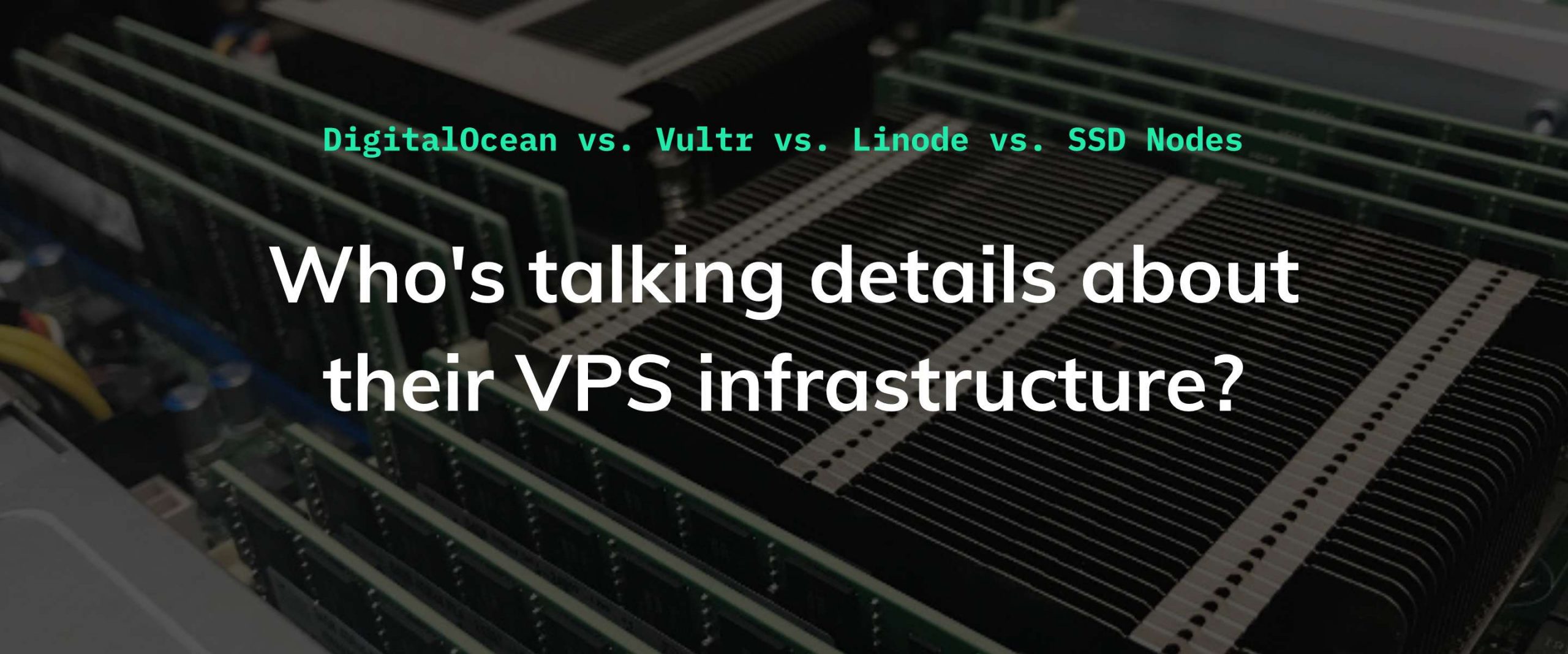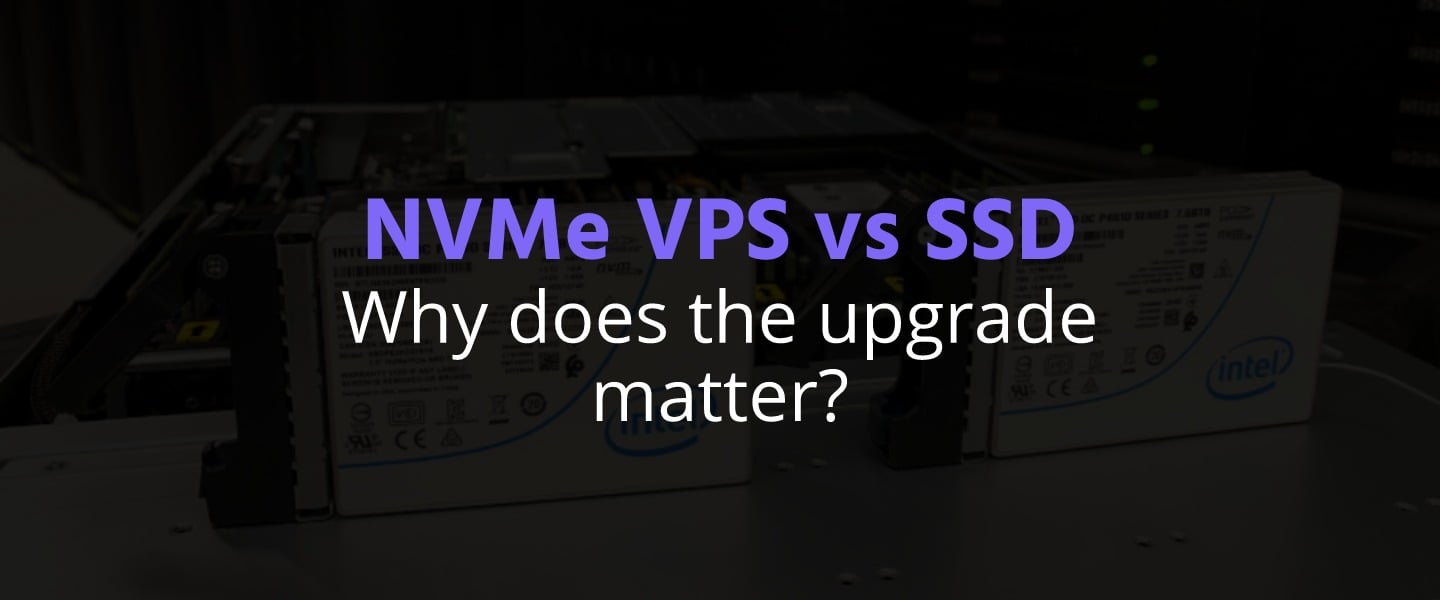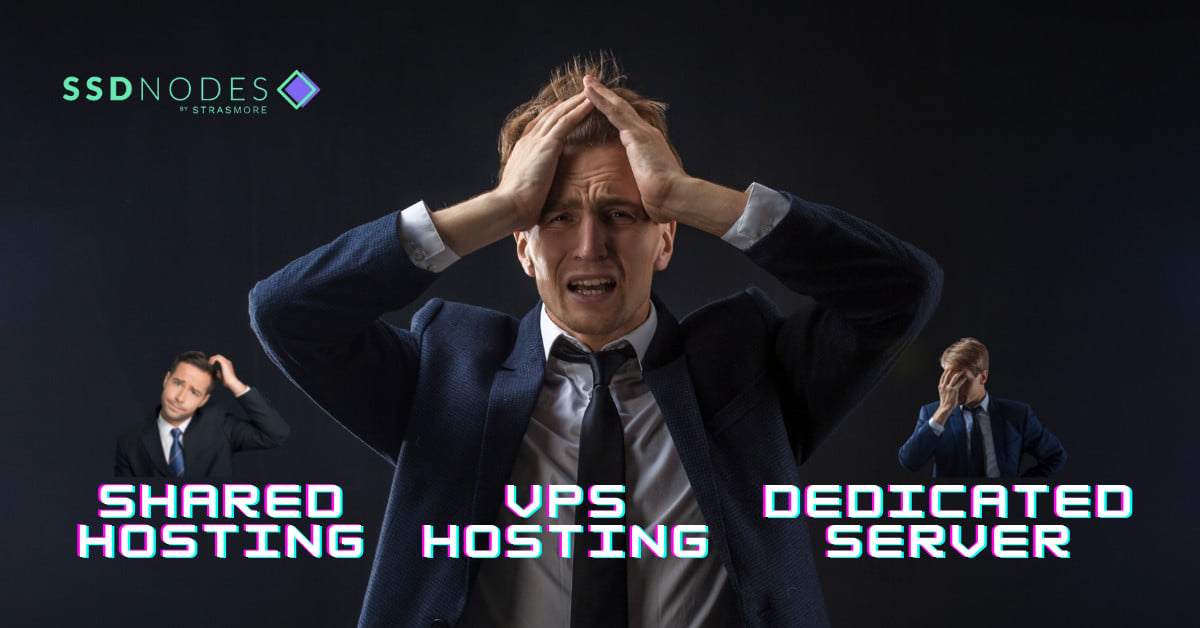In celebration of our newly-revamped features page, we thought it was a good time to take our previous popular DigitalOcean vs. Vultr vs. Linode comparison post to the next level. What’s more critical than VPS value and price? Infrastructure. In this VPS infrastructure comparison post, let’s see how SSD Nodes stacks up against our biggest three competitors: DigitalOcean, Vultr, and Linode.
I’ll be straight with you: This isn’t a fair comparison. Why? The truth is that no other VPS providers are talking about their infrastructure in the kind of detail that people want to see.
Maybe, in contrast to our last comparison, we get to be the Goliath versus all the other Davids.
[cta_inline]
What do I mean by ‘infrastructure’?
Infrastructure is a complicated word, and means a lot of different things to different people.
For the sake of this infrastructure comparison, infrastructure refers to the hardware, software, physical spaces, and networking that make a VPS hosting provider accessible, reliable, and redundant for its users.
The most widespread component, and one of the most critical, is the network. What’s the point in having a VPS if no one can access it? Networks, both internal and external, connect a data center, a host node, and a single VPS with the rest of the internet. They are, ideally, international in scope and based on redundant fiber-optic connections.
When it comes to physical spaces, I mean data centers. These massive buildings house many individual host nodes and are specially-built to serve the power, cooling, and redundancy needs of VPS hosting.
Software is the hypervisor, the monitoring, and the web apps that allow users to interact and administer their VPS. Because of the strictly proprietary nature of VPS hosting software, there’s not much to cover here, unfortunately.
Finally, hardware is the processor, RAM, disk drives, and power supplies that execute the commands and programs on your VPS.
Networking comparison
We
by subscribing to our newsletter.




